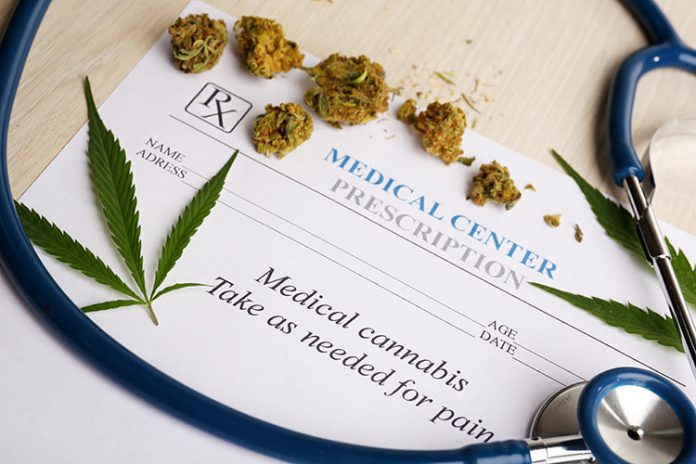The best patients are those who are well-informed, and on pain management issues, that’s becoming the norm.
“That’s one of the good things — the opioid epidemic is out in the media, and people getting information … people do come and ask questions,” said Dr. Henry Moscicki, a doctor of nursing practice who has operated his own family and primary care practice since 1999.
Moscicki’s patients are increasingly reluctant to take a prescription “for any kind of opioid or benzodiazepine” that is linked to a nationwide and intensely local addiction crisis.
“They will tell me, straight out — I don’t want anything that would get my hooked,” said Moscicki, who told The Daily News Wednesday that even the pain management specialists who would normally be tasked with making prescription decisions are holding off.
“It puts a big burden on primary care … as a provider, it’s why we’d send a patient to pain management specialists — to determine the (appropriate level) of care. But they won’t prescribe opioids.”
Moscicki isn’t pushing for more people to use opioids — he’s been encouraged to see the medical and regulatory leaders taking steps to control doctor-shopping and limiting the amount of pain pills that can be given with an individual prescription.
He’s also taken his own steps to offer alternatives — undergoing the training and registration to become the only Genesee County provider on a public list of Consenting Medical Marijuana Program practitioners.
Moscicki has reviewed and certified patients for the past year, but advises it as a treatment in only a limited basis of severe illnesses. In other words — it’s not for a bum ankle.
“Medical marijuana is not the first-line medicine,” he explained. “The people I’ve qualified for it are for things like cancer, HIV/AIDS, ALS, Parkinson’s disease, Multiple Sclerosis and spinal injuries, seizures like epilepsy, neuropathies, PTSD, Huntington’s Disease … it’s more serious injuries than someone having a pain and wanting it.”
“You’d need to have one of those syndromes and severe, chronic pain, nausea or spasticity … it’s people who have had chronic pain and have had it for years, and have tried everything.”
No easy path
Legislators have voted to greatly expand the potential patient base, with the State Assembly on Wednesday passing a bill that would amend public health law to allow the use of medical marijuana as an alternative to opioids for a severe or chronic “pain that degrades health and functional capability.” state senators passed the same measure on Monday.
That will bring more notoriety, but education remains key. Moscicki, who also serves as an assistant professor of nursing at St. John Fisher College in Rochester, said patients need a clearer picture on the steps to receiving a cannabis-based liquid, capsule or inhaler as a treatment.
• It starts with an extensive physical. Moscicki said patients undergo a comprehensive history to start the certification process.
“There are some people who on a phone screening are just not eligible — that’s part of it, to weed out people (who wouldn’t be qualified) and find those with the most need,” Moscicki said.
• From there, a patient who is certified has to register and pay a $50 fee with the state, receiving an identification card in return.
• At that point, a patient could speak to their pharmacist to receive the prescription medication. But Moscicki said many patients don’t realize that “medical” doesn’t mean their health insurance carrier will pay for it.
“That’s the big thing … people are finding that it’s not covered,” Moscicki said. “They can go to the dispensary, but they have to pay for it, and it’s not cheap.”
But he also notes that’s true for most of the illnesses approved for medical marijuana treatments. The newest drugs to treat MS are “very expensive.”
“This is for people as a last resort — they’re willing to do anything for relief,” Moscicki said.
The Bottom Line
Moscicki has seen a lot change after 20 years in practice. He started during an era where experts were encouraging treating “all pain,” and often with opioids as the treatment. What’s being prescribed and requested is vastly different now.
The idea, skewed for effect, of a doctor advising a patient to use marijuana, is losing its shock. That’s for good reason, he says.
“What it comes down to is that it increases quality of life. If we can increase someone’s quality of life, it’s a good thing,” Moscicki said. “It’s not a recreational thing, not a ‘feel good’ thing — it’s to increase their quality of life.”














